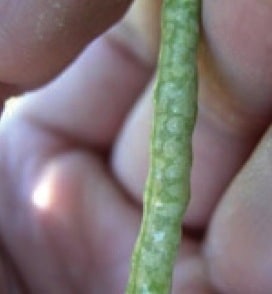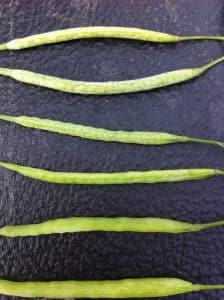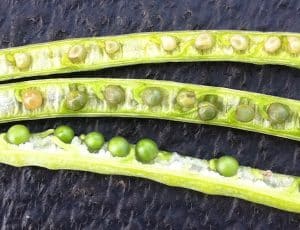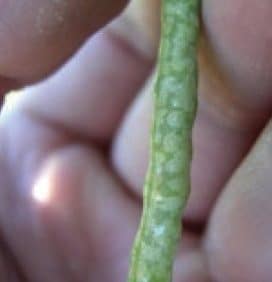Except for some areas of the Peace region, which got as low as -5C or -6C on the B.C. side, most frost across the Prairies over the past week was light. Usually the best response to a light frost is to leave the crop standing to mature fully and continue to clear green. But take a look at fields to be sure. Later less mature crops seem to be a little less tolerant of frost.



Swathing right after a light frost will probably lead to lower yield and quality than a crop left to mature completely.
Leave the crop standing, but keep an eye on it. Check in the afternoon for wilting to make sure frost damage was not heavier than expected. Speckling on the stem and pods is may be of little concern, but checks that seeds inside look OK and that pod integrity remains.
What to look for during daily monitoring:
—If the majority of the seeds remain immature and soft (not frost damaged), delay swathing to allow for further seed maturity.
—If the pods are severely damaged and are beginning to desiccate, swath during periods of dew or high humidity to reduce the amount of pod shelling and pod drop. Severely damaged pods will turn white or black.
—Assess percentage of the plant and crop these damaged pods represent. The pods shown in the bottom photo above will contribute little to yield, and the swath decision should not be based on pods with immature seeds.
Further reading:
Swathing after a frost
Frost in the forecast: Swath now or leave it standing?

